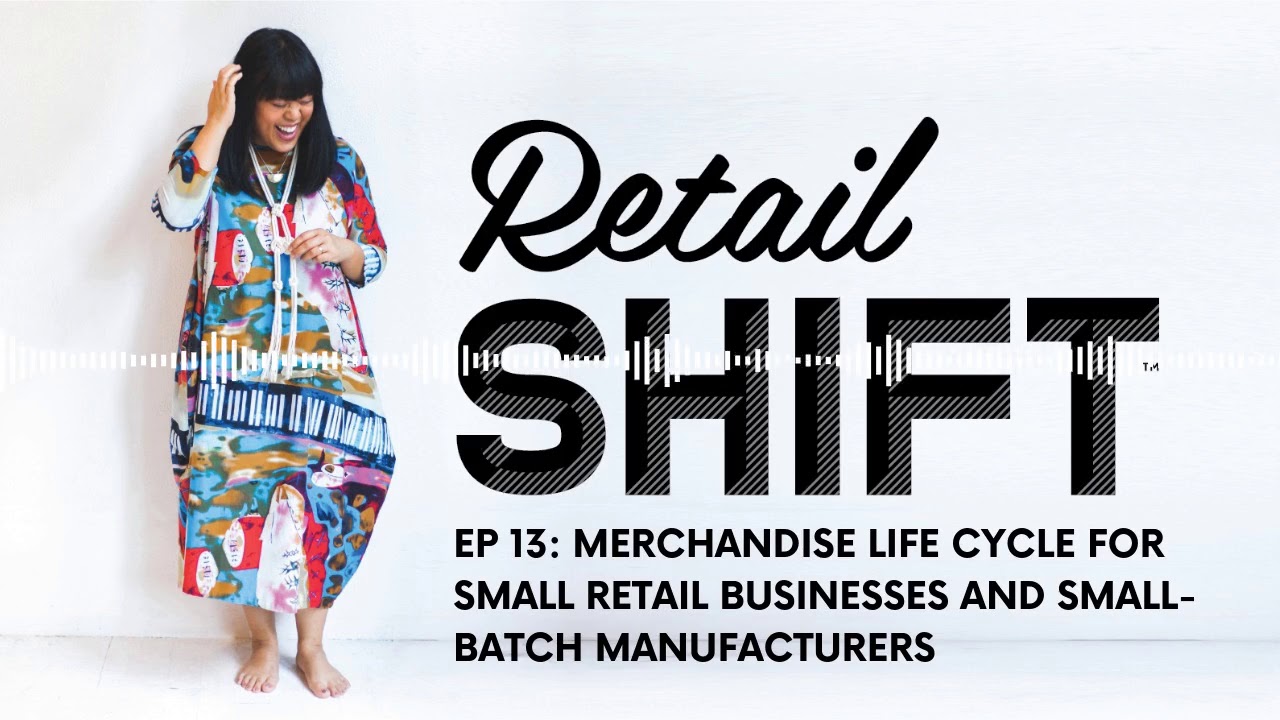Merchandise Life Cycle for Small Retail Businesses and Small-Batch Manufacturers

For small retail businesses and small-batch manufacturers, understanding the merchandise life cycle is crucial to the success of their operations.
The merchandise life cycle is a concept that describes the different stages a product goes through from its inception to its eventual decline in sales and discontinuation. This cycle can be broken down into four main stages: introduction, growth, maturity, and decline. By understanding each stage, these businesses can make informed decisions about their products, inventory, and marketing strategies.
Introduction Stage:
The introduction stage is where a product is first introduced to the market. This is the initial stage of a product’s life cycle, and it is characterized by low sales and high costs. Small retail businesses and small-batch manufacturers need to invest heavily in research and development during this stage to ensure their product meets the needs of their target market. Marketing efforts during this stage should be focused on creating awareness and generating interest in the product. This can be done through advertising, demos, and promotions.
Growth Stage:
The growth stage is where a product starts to gain traction in the market. Sales increase, and the product becomes more profitable. This is a critical stage for small businesses and manufacturers as it is when they start to see a return on their investment. During this stage, it is important to expand distribution channels and make the product easily accessible to customers. Additionally, it is essential to continue marketing efforts to maintain and increase sales.
Maturity Stage:
The maturity stage is where a product reaches its peak in terms of sales and popularity. At this point, the product has become well-established in the market, and competition may start to increase. Small businesses and manufacturers need to focus on product differentiation to maintain their market share. This could include offering unique features, improving quality, or expanding product lines. Marketing efforts during this stage should be focused on building brand loyalty and retaining customers.
Decline Stage:
The decline stage is the final stage of the merchandise life cycle. Sales and profits start to decline as the product loses its appeal in the market. There could be many reasons for a product’s decline, such as changes in consumer preferences or the introduction of newer and more innovative products. For small businesses and manufacturers, it is important to recognize when a product has reached this stage. To minimize losses, they may choose to discontinue the product or offer discounts to clear remaining inventory.
Tips for Managing the Merchandise Life Cycle:
• Conduct market research: Small businesses and manufacturers should continuously gather feedback and conduct market research to assess the needs and preferences of their target market. This will help them make informed decisions about their products.
• Plan for the future: It is important for these businesses to have a long-term plan for their products. This could include developing new products or improving existing ones to keep up with changing market trends.
• Manage inventory effectively: As products go through different stages of the life cycle, inventory management becomes crucial. Small businesses and manufacturers need to strike the right balance between meeting demand and avoiding excess stock.
• Keep an eye on the competition: Monitoring the competition is important at every stage of the merchandise life cycle. It can help businesses identify potential threats and opportunities in the market and adjust their strategies accordingly.
In conclusion, understanding the merchandise life cycle is essential for small retail businesses and small-batch manufacturers. It allows them to make informed decisions about their products, inventory, and marketing strategies, ultimately leading to the success of their operations. By continuously monitoring and adapting to the different stages, these businesses can differentiate themselves from the competition and stay relevant in the market.









Scentbird CEO’s journey to building a multimillion dollar company
This Is How Warren Buffett REALLY Made 85 Billion Dollars
Single Member LLC Mistakes You Should Avoid – 4 Biggies
Building a Website the Easy Way
SHE FAKED AN ART GALLERY IN LONDON AND SOLD MY PAINTINGS *it worked!!*